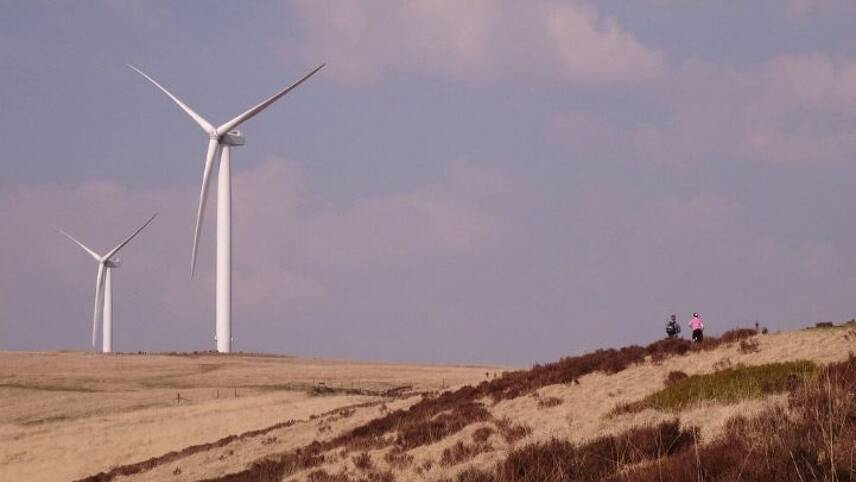Register for free and continue reading
Join our growing army of changemakers and get unlimited access to our premium content

The energy crisis has brought the need for local, renewable energy production into sharp focus. Without it we will not achieve energy security, stabilise and lower energy prices, or decarbonise the economy. Yet, while it is fair to say that developing renewable energy infrastructure is in the public interest and there is government support for a shift to renewables, like all types of infrastructure projects, onshore wind faces planning challenges.
I speak specifically about onshore wind, as this is the focus of ERG, a leading independent operator in renewable electricity generation. Our recent ERGLab event, a roundtable discussion featuring industry leaders, lawyers and government authorities, explored how planning permission can be more easily achieved and some of the current obstacles.
One issue is that despite the economic and environmental tailwinds for renewables, at the moment these factors are not sufficiently considered in the decision-making process. A balance needs to be struck between addressing the climate crisis and local planning issues. However, currently there is often still little consideration for net zero pressures despite legally binding net zero commitments being in place. A solution to this is to ensure that the development of renewables is considered of overriding public interest, but this requirement needs to come from central government.
Another factor hindering the planning process is underfunded planning authorities and statutory consultees, leading to significant delays. There are often not enough planners with subject expertise and support staff, and a lack of access to experts like landscape consultants means it is nigh on impossible to make swift decisions.
In Scotland, steps are being taken to address this through the draft National Planning Framework (NPF4), but some fear it will not be sufficient to achieve our energy independence ambitions, and we must assume that funding for planning departments will not increase significantly. However, there are things developers can do to ease the process to speed up application time as well. Making sure applications contain all necessary information in order to avoid time-consuming requests for additional information from the planning authority would be one.
And while there may be the impression of widespread opposition to a project, often there are only a few, loud individuals or special interest groups having a disproportionate and negative influence over the planning process. Therefore, the importance of engaging with the local community also cannot be overstated. It is only through working with local communities in a transparent way for each new wind farm project, that communities can understand the benefits that the project will bring them too.
The involvement of local communities is achieved through a variety of means. These include investment participation and engaging local stakeholders through information campaigns, organised site visits and meetings held at local schools. Through such channels, key concerns can be addressed which is why community engagement should be a central part of every project both during planning and throughout operation.
While there are obstacles to obtaining planning permission, they are not insurmountable. And crucially, through effective local engagement, communities can see and realise the direct benefits of onshore wind, both in terms of jobs, nature preservation and the local economy. Through effective planning and communication, new onshore wind infrastructure can be developed and will help ensure we decarbonise and secure energy supply.



Please login or Register to leave a comment.